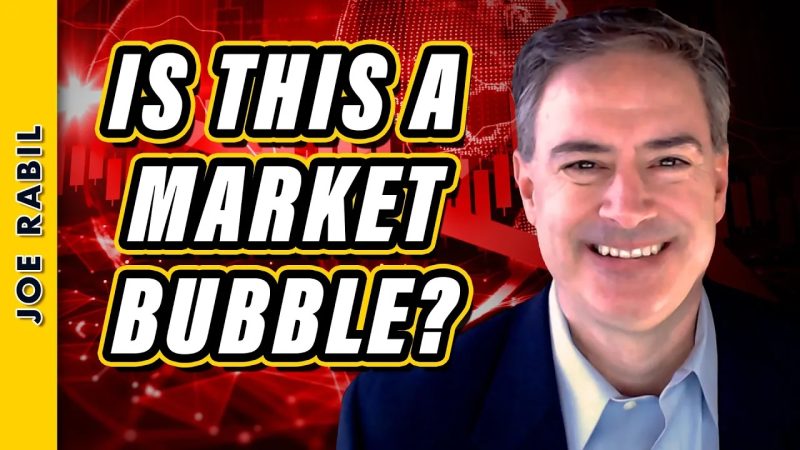In the realm of investment and finance, there often arises a question that sends shivers down the spine of seasoned traders and financial experts alike. The question of whether we are witnessing the formation of a market bubble or a scenario of investor mania is one that has the potential to shake the very foundations of global financial stability.
A market bubble, as the term suggests, refers to a situation where market prices of assets soar to levels that are significantly higher than their intrinsic value. This phenomenon is often fueled by speculation, irrational exuberance, and a herd mentality among investors. The dot-com bubble of the late 1990s and the housing bubble of the mid-2000s are prime examples of how market bubbles can unravel with catastrophic consequences.
On the other hand, investor mania is a situation where investors exhibit an irrational exuberance and a frenzy of buying assets based on sheer momentum and hype, rather than any fundamental analysis or valuation metrics. This behavior can lead to overvaluation of assets and a disconnect from economic reality, ultimately resulting in a sharp correction or crash.
The distinction between a market bubble and investor mania lies in the underlying drivers of the price surge. In a market bubble, asset prices are driven by factors such as excessive leverage, speculation, and a disconnect from fundamentals, while investor mania is characterized by irrational exuberance, hype, and a fear of missing out (FOMO) among market participants.
One of the key indicators of a market bubble or investor mania is the valuation of assets relative to their historical averages or fundamental benchmarks. When asset prices deviate significantly from their historical norms or intrinsic values, it may signal an impending bubble or mania.
Another telltale sign of a market bubble or investor mania is the behavior of market participants. If investors exhibit signs of extreme greed, euphoria, and a disregard for risk, it could be a red flag indicating an unsustainable market rally.
Central bank policies and macroeconomic factors also play a crucial role in determining whether we are in the midst of a market bubble or investor mania. Loose monetary policies, low interest rates, and excessive liquidity can create an environment conducive to speculative excesses and asset bubbles.
As investors navigate through the complexities of today’s financial markets, it is essential to remain vigilant and discerning in identifying potential market bubbles or instances of investor mania. By conducting thorough due diligence, practicing risk management, and staying true to fundamental investment principles, one can mitigate the risks associated with exuberant market conditions and protect their wealth in the long run.




























